Equipments for Herbalists
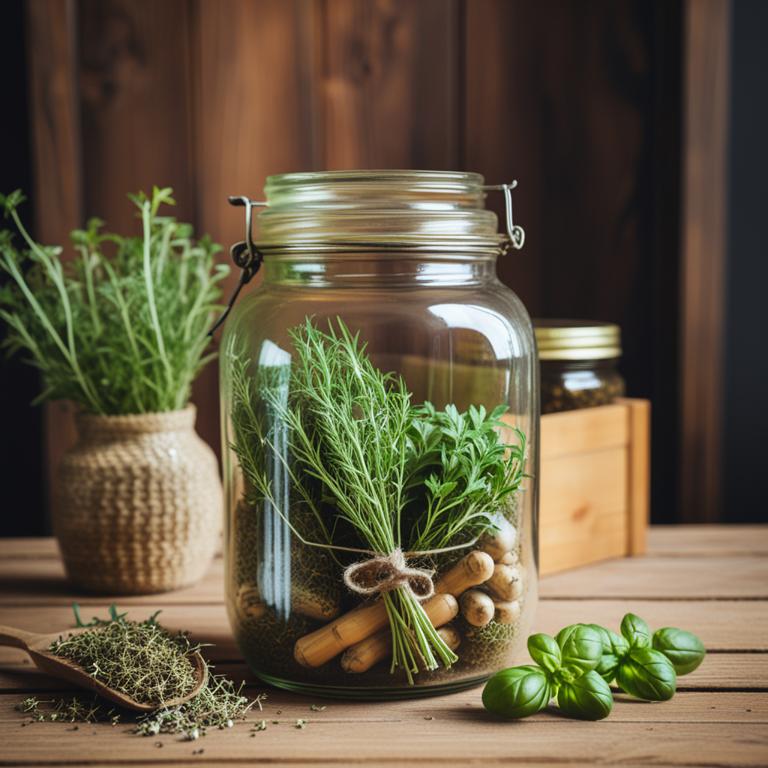
Herbalists rely on a variety of equipment to create herbal preparations, including mortar and pestles for grinding herbs into fine powders, and glass jars or containers for storing and preserving the final products.
A scale or measuring cups are also essential for accurately weighing and measuring the herbs, ensuring consistency in each preparation. Some herbalists also use a variety of extraction tools, such as a cheese cloth or a coffee filter, to separate the liquid from the solid parts of the herbs during the process of making teas, infusions, or tinctures.
Additionally, a heat source, such as a double boiler, may be used to aid in the extraction process, particularly when making herbal oils or salves.
Coffee Grinder
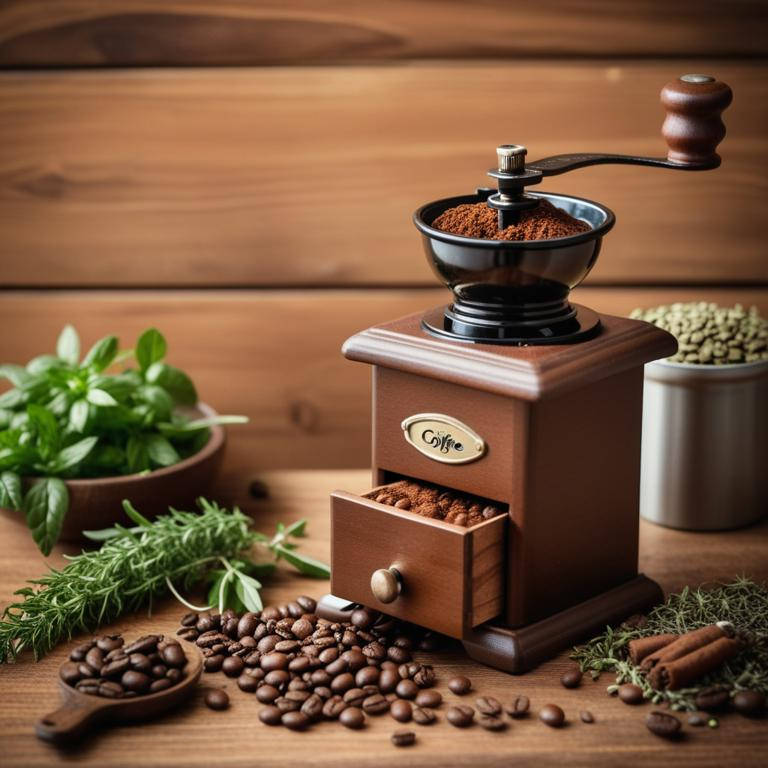
A coffee grinder is a versatile kitchen tool that serves herbalists by efficiently grinding dried herbs into a fine powder, ideal for teas, infusions, and other herbal remedies.
This equipment is used to break down the herb's cellular structure, releasing its active properties and flavors, which is essential for achieving the desired potency and aroma in herbal preparations. To use a coffee grinder for herbalism, simply add the dried herbs to the grinder and pulse until the desired consistency is achieved, taking care not to over-grind and lose the herb's essential oils.
It's best to use a coffee grinder for herbalism when preparing small batches of herbs, such as when creating custom herbal blends or making individual herbal remedies.
Resources:
What to know about coffee grinder for herbalism
Best coffee grinders for herbalists
Pestle

A pestle is a small, handheld tool used by herbalists to grind and mix plant-based materials into a fine powder or paste.
It is typically used in conjunction with a mortar, a bowl-shaped container that serves as a grinding surface. To use a pestle, herbalists gently press the tool down into the mortar, applying gentle to moderate pressure to crush and mix the desired herbs, roots, or other plant materials.
Pestles are best used when creating herbal remedies that require a high degree of fineness, such as herbal teas, tinctures, and salves, where the texture of the ingredients can affect the final product's quality and effectiveness.
Resources:
What to know about pestle for herbalism
Lid Grip
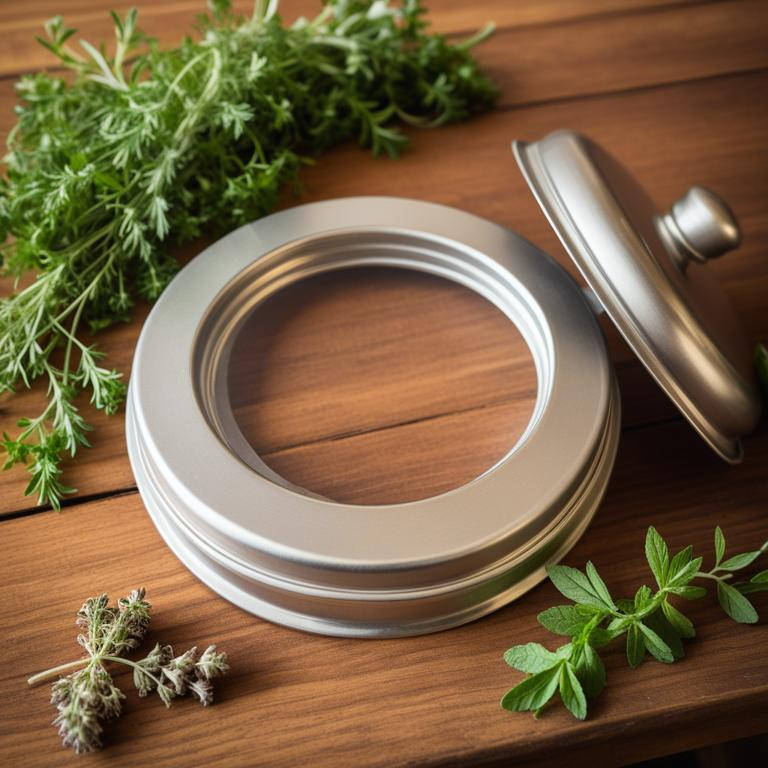
For herbalists, a lid grip is a valuable tool designed to make handling hot and heavy pot lids easier and safer.
Used to prevent scalding and reduce strain on the hands and wrists, a lid grip is typically a heat-resistant handle or grip that fits over the lid of a pot, allowing the herbalist to lift and maneuver it with confidence. This equipment is particularly useful when working with large or heavy pot lids, such as those used in herbal infusions or decoctions, and is best utilized during the preparation and heating stages of herbal recipes.
By using a lid grip, herbalists can focus on the art of herbalism without worrying about the physical demands of handling hot equipment.
Resources:
What to know about lid grip for herbalism
Mortar
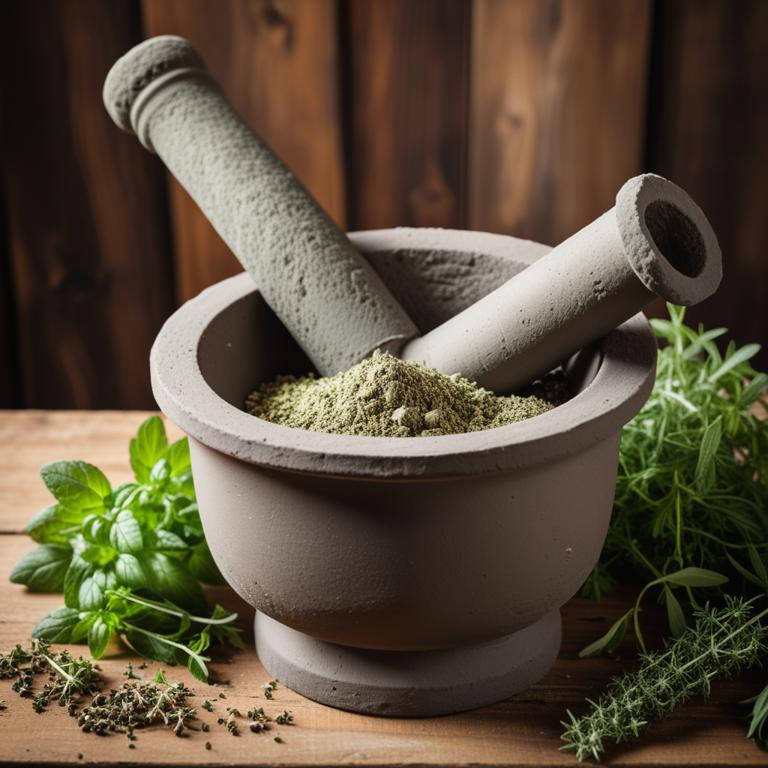
For herbalists, a mortar and pestle is a traditional and essential tool used for grinding, mixing, and extracting herbs and plant materials.
This equipment is typically made from materials such as ceramic, stone, or wood, and is used to break down herbs into a fine powder or paste, releasing their active compounds and flavors. To use a mortar and pestle, herbalists typically place a small amount of herb material into the mortar and use the pestle to grind and mix it in a circular motion, gradually increasing the pressure and speed as needed.
The mortar and pestle is best used when working with small batches of herbs, and is particularly useful for preparing tinctures, teas, and infusions, as well as for making herbal creams and salves.
Resources:
What to know about mortar for herbalism
Jar
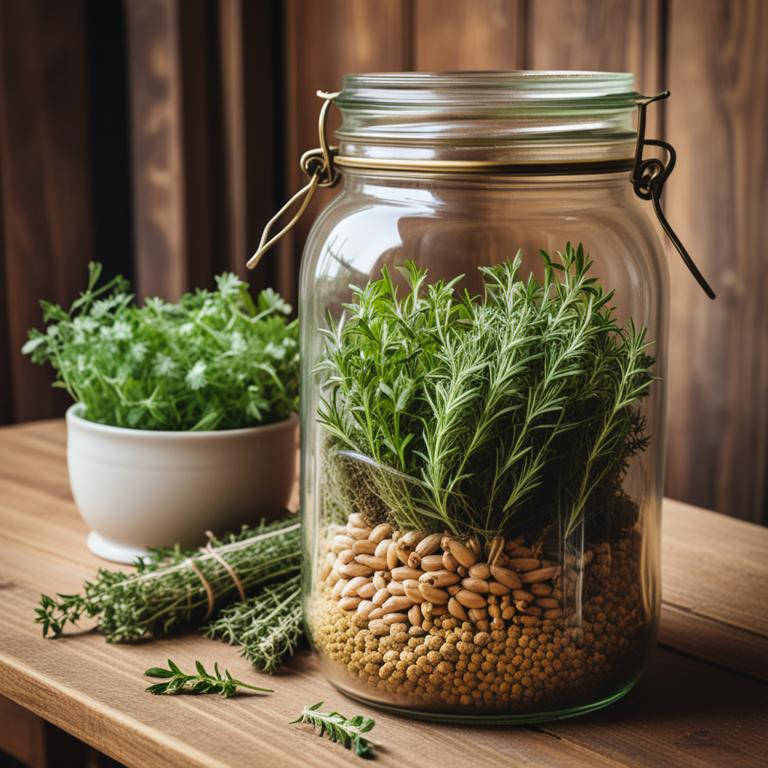
For herbalists, a jar is a crucial piece of equipment used for storing and preserving herbs, teas, and other botanical concoctions.
This equipment is typically made of glass or ceramic materials and is designed to protect the contents from light, moisture, and other environmental factors that can affect their potency and shelf life. Herbalists use jars to store prepared herbal remedies, such as tinctures, salves, and infusions, and they are often filled with a layer of oil or wax to prevent moisture from entering.
It's best to use jars for long-term storage of herbal remedies, and they are particularly useful for storing items that need to be kept away from direct sunlight, such as herbal teas and infusions.
Resources:
What to know about jar for herbalism
Double Boiler
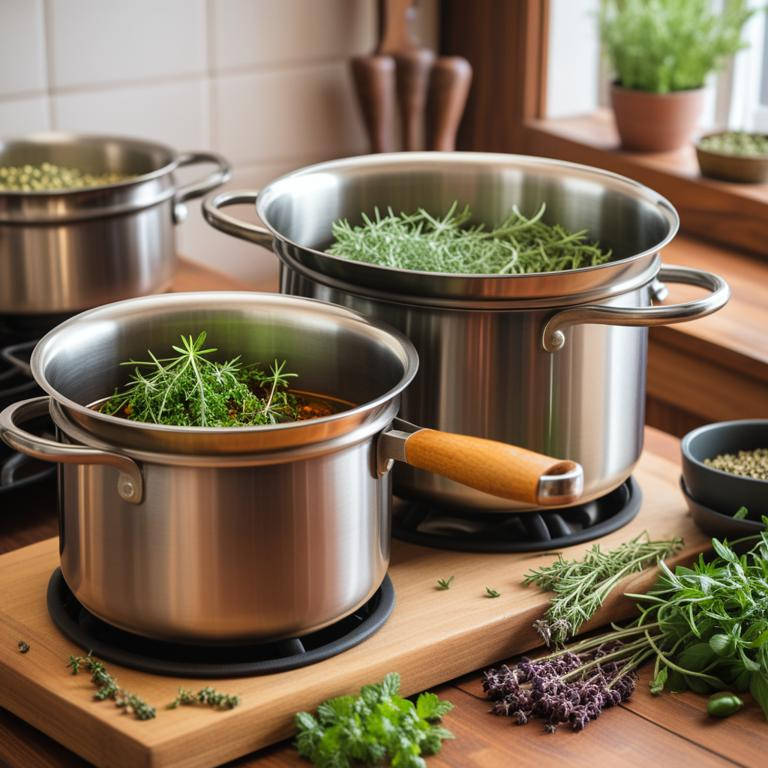
A double boiler, also known as a double steamer or bain-marie, is a cooking vessel consisting of two pots, one placed inside the other, used by herbalists to heat and infuse herbs and plant materials.
This equipment is employed to gently heat and extract the medicinal properties from herbs without applying direct heat, which can damage or burn the delicate plant material. To use a double boiler, the inner pot is filled with the herb mixture, and the outer pot is filled with water, which is then heated to a simmer, allowing the herbs to infuse slowly and evenly.
Double boilers are best used for infusing delicate herbs, such as calendula, chamomile, and lemon balm, and are particularly suitable for preparing herbal teas, infusions, and tinctures.
Resources:
What to know about double boiler for herbalism
Best double boilers for herbalists
Spatula
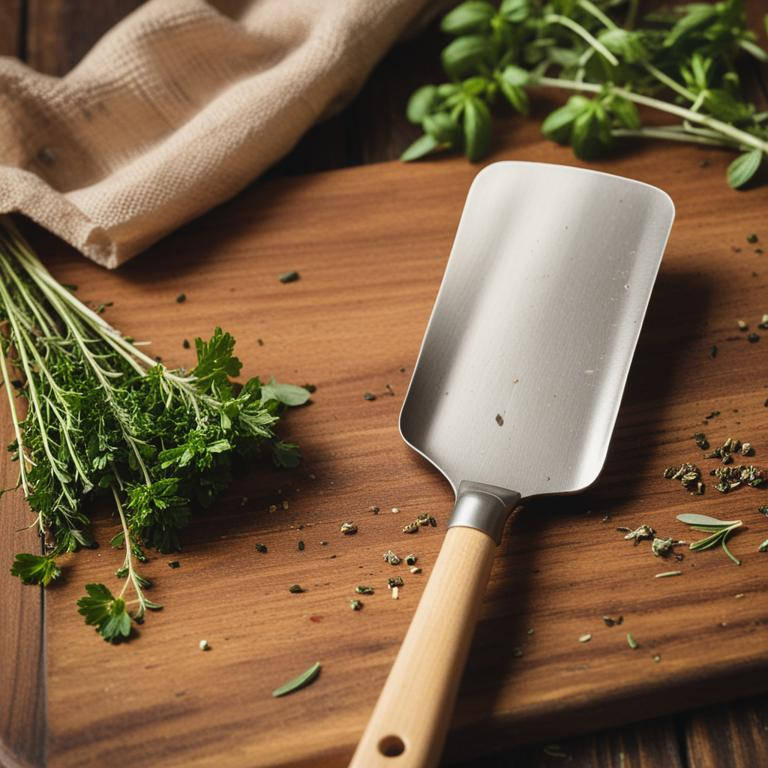
As an essential tool for herbalists, a spatula is a long, thin, flexible or rigid instrument used to scoop, stir, and transfer herbal remedies, extracts, and preparations with minimal disruption.
It's used to gently manipulate delicate plant material, prevent spillage, and maintain the integrity of the mixture, allowing for precise control over the process. Herbalists typically use a spatula to mix, stir, and scrape the sides of containers, especially when working with thick or viscous substances, such as herbal salves or infusions.
When using a spatula, it's best to do so over a surface or container, allowing for easy cleanup and minimizing the risk of contamination or waste.
Resources:
What to know about spatula for herbalism
Bottle
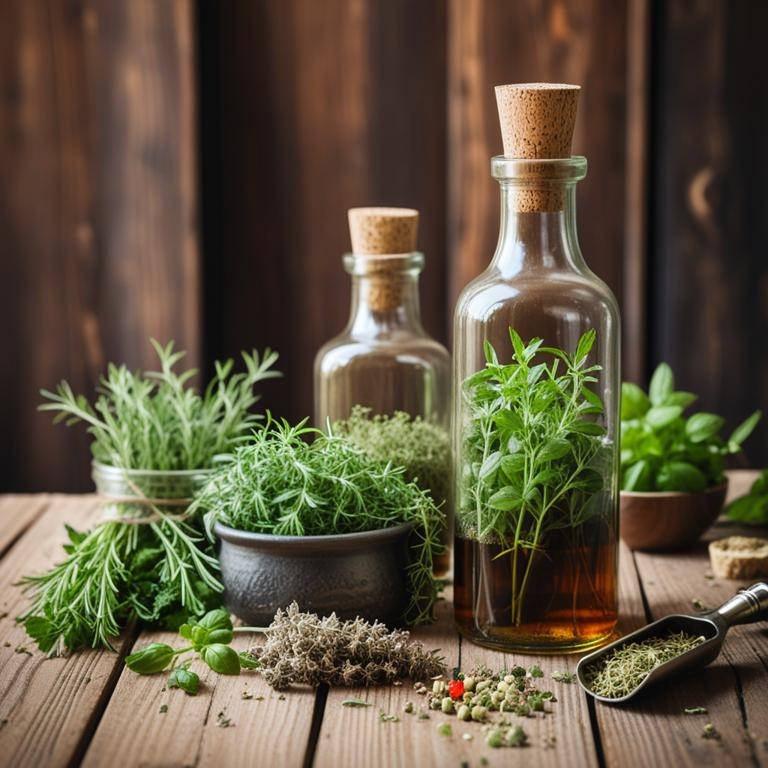
Herbalists use glass bottles with tight-fitting lids, also known as "dark glass" or "amber glass" bottles, to store and preserve herbal remedies.
These bottles are used to protect the potency and shelf life of the herbal extracts, as light can cause degradation and spoilage. To use them effectively, herbalists fill the bottles with the prepared herbal remedy, often after a process of infusion, decoction, or maceration, and then seal the lid tightly to prevent contamination and loss of potency.
The best time to use these bottles is immediately after preparing the herbal remedy, allowing it to mature and develop its full medicinal properties over time, typically within 6-12 months.
Resources:
What to know about bottle for herbalism
Measuring Cup
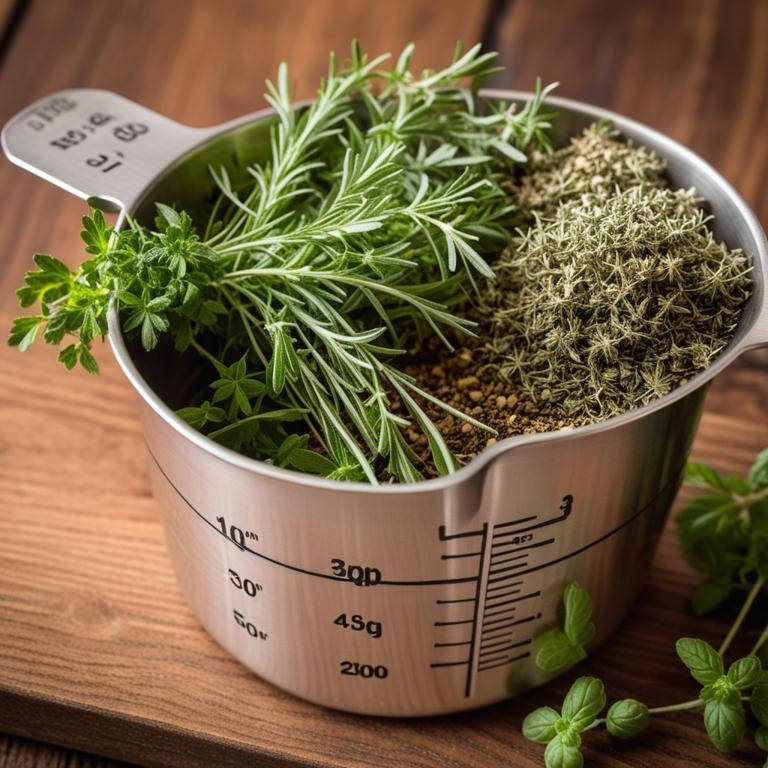
As an herbalist, a measuring cup is a crucial tool used to accurately measure the precise quantities of herbs, botanicals, and other plant materials required for various remedies and concoctions.
This equipment is used to ensure consistency and efficacy in herbal preparations, such as teas, tinctures, and salves, by providing a standardized and reliable means of measuring ingredients. To use a measuring cup, the herbalist simply pours the desired amount of material into the cup, which is typically marked with incremental measurements, and then transfers the measured quantity to the desired preparation vessel.
Measuring cups are best used during the initial stages of herbal preparation, such as when creating a batch of dried herbal tea or tincture, to ensure that the final product meets the desired potency and quality standards.
Resources:
What to know about measuring cup for herbalism
Best measuring cups for herbalists
Stirring Device
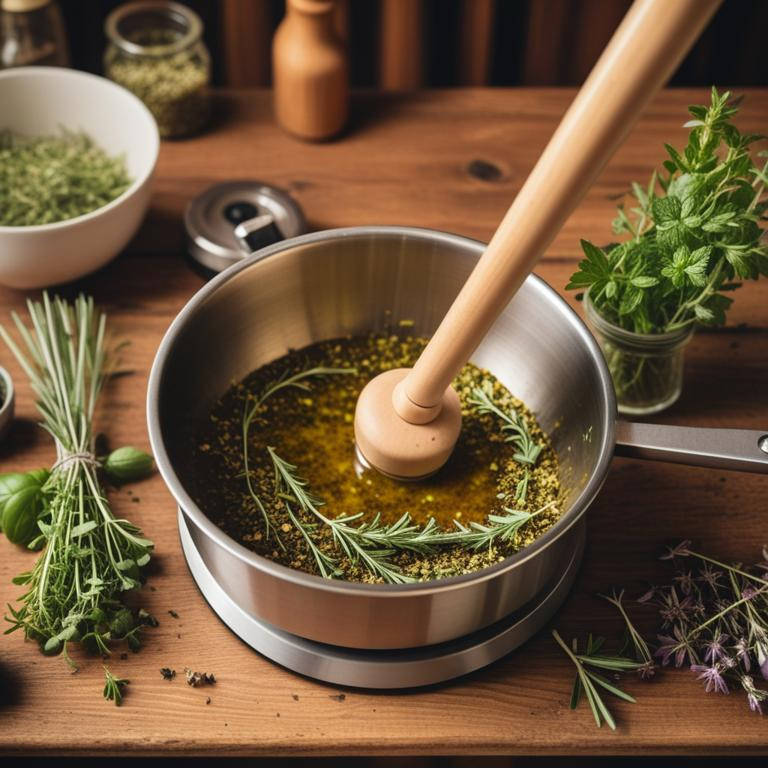
For herbalists, a magnetic stirrer is a valuable equipment used to mix and blend herbal concoctions, teas, and tinctures with precision and consistency.
This device is particularly useful for herbalists who prepare large quantities of herbal remedies, as it ensures uniform distribution of ingredients and prevents the settling of particles. To use a magnetic stirrer, simply place the container with the herbal mixture on the stirrer's base, set the desired speed and timer, and let the device do the work for you.
It's best to use a magnetic stirrer during the preparation of herbal remedies, especially when working with sensitive or temperature-sensitive ingredients, such as herbal infusions or essential oils.
Resources:
What to know about stirring device for herbalism
Best stirring devices for herbalists
Strainer
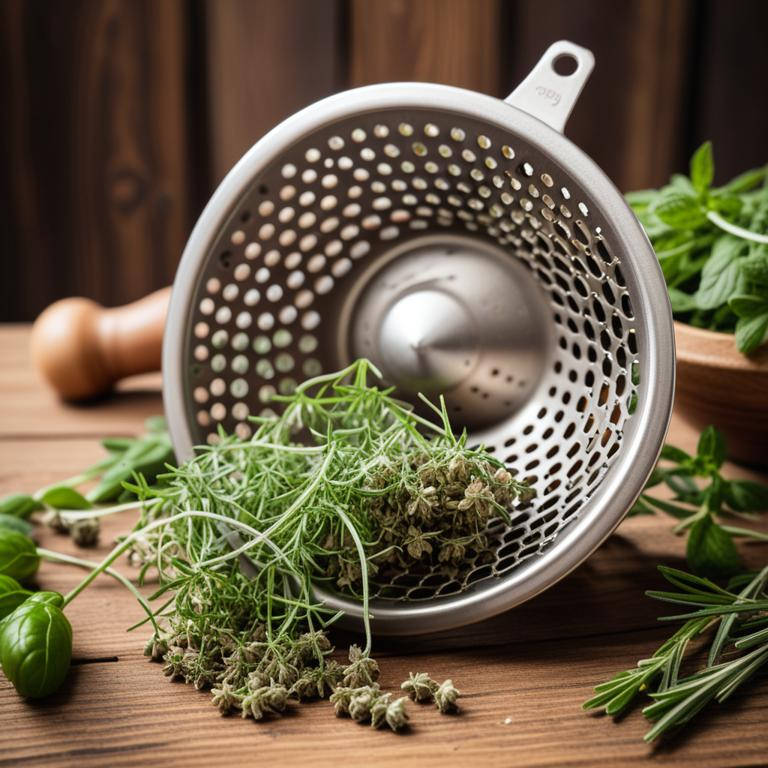
As an essential tool in the herbalist's arsenal, a strainer is a kitchen gadget used to separate liquids from solids, particularly useful when creating herbal infusions, teas, or tinctures.
It's employed to capture the liquid while allowing the solids, such as herbs, spices, or roots, to remain in the strainer. To use a strainer, simply pour the liquid and solids into the device, and gently press the solids against the strainer to extract the liquid.
It's best to use a strainer when working with delicate herbs or when you want to preserve the integrity of your ingredients, making it an ideal choice for creating herbal remedies that require precise control over the ingredients.
Resources: